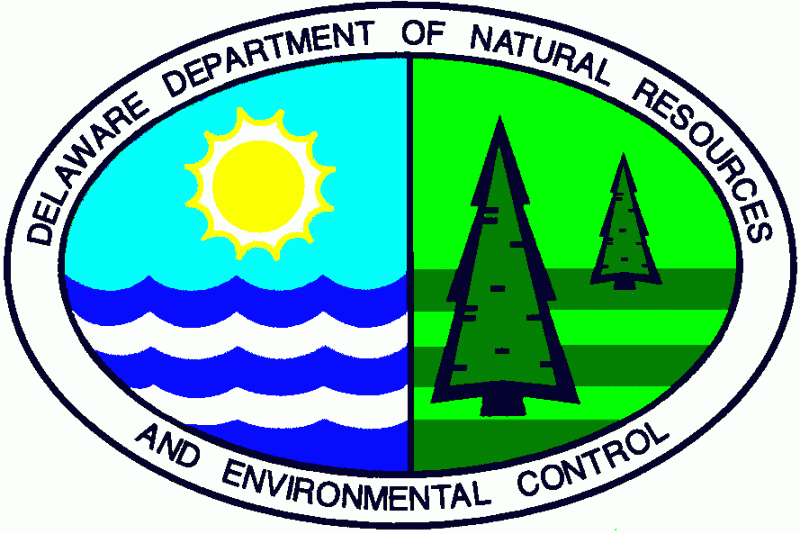Delaware’s 2012-13 Deer Harvest Down Slightly from Last Season
Delaware Department of Natural Resources and Environmental Control 02.21.13

Delaware hunters harvested 13,302 deer during the 2012-2013 season, a 1.9 percent drop from the previous season’s take of 13,559, but well within the average harvest totals for the past five years (13,551), the DNREC Division of Fish and Wildlife announced today. The 2012-2013 deer harvest ranks as the eighth all-time highest deer harvest for Delaware.
“We expected the harvest to be lower this season compared to last year, because over the past few years we made several changes to the deer management program in an attempt to reduce Delaware’s overabundant deer population,” said Deer and Furbearer Biologist Joe Rogerson of the Division of Fish and Wildlife. “Delaware’s highest deer harvest occurred during the 2004-05 season, followed by a gradual but steady drop in numbers that mirrored the declining deer population. As a result we expected hunters to harvest fewer animals because they would be encountering fewer deer while afield.”
During the 2012-2013 season, hunters harvested more does – 6,923, or 52 percent – than bucks – 6,379, or 48 percent. Antlerless deer – females, juvenile bucks without antlers known as button bucks, and bucks with antlers measuring less than three inches – represented 72.3 percent of the total harvest.
Since the first year of Delaware’s five-month-long crossbow season in 2010-2011, when hunters harvested 398 deer, harvest numbers have increased more than 60 percent. This season, 641 deer were taken with crossbows. Combined with the harvest from vertical bows – compound, recurve and longbows – the total archery harvest for 2012-2013 was 1,941 deer, ranking as the all-time highest archery season harvest for Delaware.
Rogerson noted that epizootic hemorrhagic disease (EHD), a viral infection that can be lethal to deer, had an impact on this year’s deer harvest, particularly in Sussex County. For the 2012-2013 season, Sussex County hunters harvested 6,448 deer, down 8.4 percent from last year’s total of 7,041. The largest likely impact of EHD occurred in the Georgetown and Milton areas (Deer Management Zones 12 and 15), where the harvest was down 22 percent and 26 percent, respectively. EHD apparently did not have as great an impact on Kent and New Castle counties, which posted their highest all-time harvest numbers – 2,826 deer in New Castle and 4,028 in Kent.
“EHD did impact deer populations in portions of Sussex County, but our harvest numbers likely do not indicate the cause for concern that some hunters and land managers predicted,” said Wildlife Species Program Manager Rob Hossler. “The summer and fall of 2007 was another bad year for EHD in Delaware, and we saw similar declines in the deer harvest during the first hunting season following the outbreak. However, the deer population rebounded, and two years later the harvest returned to levels seen before the outbreak. We expect the same rebounding to occur over the next two years in most portions of Sussex County affected by EHD, as Delaware’s deer herd is extremely prolific.”
Transmitted by small biting flies – commonly called midges or “no-see-ums” – EHD is the most significant disease afflicting white-tailed deer in North America, and also the best known and most widely studied. Since EHD was first identified in 1955, regular outbreaks have occurred on the continent almost annually, most often associated with periods of drought. All known outbreaks in Delaware have occurred in late summer and early fall, and are abruptly curtailed with the onset of frost, which kills the midges and suspends the hatch of their larvae.
Not all deer that contract EHD die. Some deer are able fight off the infection and as a result develop antibodies which make them resistant to future exposure. These antibodies can be passed from mother to offspring, so some newborn fawns will exhibit some resistance to the virus this spring. Through repeated outbreaks over time, Delaware’s deer population will become more robust and the impact of EHD should become less severe and less frequent.
Humans cannot be infected by EHD, nor can the disease be transmitted by consuming venison from afflicted animals. However, hunters are advised to avoid eating venison from visibly sick deer because they may be stricken by a secondary infection that could affect people. While cattle and other livestock can be affected by EHD, this is not common and deer are the primary species impacted.

